Reporter: Sir, what will be the prospects for the "formation" of the International Financial Center in Ho Chi Minh City in the near future, when Ho Chi Minh City's area is larger and its potential is stronger?
- Prof. Dr. TRAN NGOC THO, University of Economics , Ho Chi Minh City : That International Financial Center, in my opinion, is far away but also very close. Almost like the breath of this city every morning when it wakes up, it is still bustling with love. Almost like the sound of selling bread early in the morning in a small alley. Almost like a cup of strong, fragrant black coffee in the morning. And most closely, is the bustling rhythm of life on every street - where the people of Saigon - Ho Chi Minh City have never stopped believing in tomorrow.
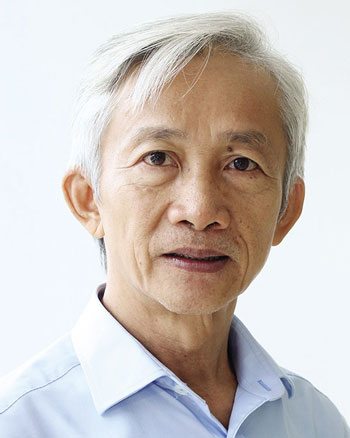
In 1957, an American magazine called Saigon "the most beautiful and bustling city in Southeast Asia". Ships docked at Ben Nha Rong port, trading companies, banks, and insurance companies sprung up on Catinat Avenue (now Dong Khoi Street, District 1) - all of which once created the most vibrant financial city in the region. The financial dream is not new. Now is the time for me to continue writing.
Why should the International Financial Center be located in Ho Chi Minh City, and not somewhere else?
- Because Ho Chi Minh City is a place that converges both historical depth and real economic strength. If there is any place worthy for Vietnam to build an international financial center, it can only be Ho Chi Minh City.
Remember that Saigon was once the largest economic gateway under French colonial rule, the financial heart of the South before 1975. And now, Ho Chi Minh City contributes more than 20% of the country's GDP, more than 1/3 of the national budget, and is home to more than 50% of the country's banking, securities, and insurance systems.
If Vietnam is a living body, then Ho Chi Minh City is the heart pumping financial blood. An international financial center cannot grow where there is no heartbeat.
Looking back at Amsterdam (Netherlands), London (England), Hong Kong (China), they all grew from classic commercial centers. From merchant ships and ports, banks, insurance, and then stock exchanges were gradually formed. Ho Chi Minh City was the same, from Ben Nghe fishing village, to a bustling port city, and then to a metropolis of more than 10 million people today.
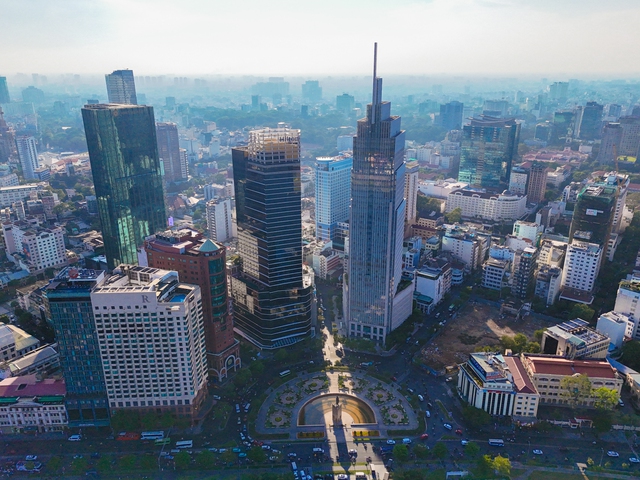
Ho Chi Minh City is one of two locations chosen to build the International Financial Center. Photo: HOANG TRIEU
The Government will report to the Politburo about establishing only one international financial center in Vietnam, located in two locations: Ho Chi Minh City and Da Nang, instead of the approved policy of establishing two independent centers in two cities. What is your assessment?
- That's right. Becoming an international financial center cannot be done in a "little bit in each place" manner. Singapore is a successful example - one city, one strategy, one clear set of rules. On the contrary, India failed because it divided Mumbai and Gujarat. Malaysia also ran out of steam when it chose Labuan as an offshore financial center but lacked support from Kuala Lumpur.
The lesson is clear: We only need a formal international financial center. But we may need a place to test institutions and policies for new ideas. Ho Chi Minh City is the "main garden", where big trees are planted and big fruits are harvested. And Da Nang , if it participates, can be a pioneer, a place to test varieties, "forge swords, sharpen blades" of reform, and prepare for the future.
What opportunities will the merger of Binh Duong and Ba Ria - Vung Tau into Ho Chi Minh City create?
- This is a golden opportunity to build a metropolis with many development axes. Ho Chi Minh City will be the financial brain; Binh Duong is the industrial arm; Ba Ria - Vung Tau is the lung of the ocean. It is truly a golden triangle - where finance is closely linked to production, logistics, and seaports.
An international financial centre cannot just sit and "count money". It must live with the pulse of the real economy - with goods, services, imports and exports, technology, factories.
Many international financial institutions have begun to look at Vietnam as an alternative destination to other destinations. The market signal is there, the problem is whether we can grasp it or not.
Moreover, Ho Chi Minh City already has a foundation as the headquarters of most major banks, insurance companies, and securities companies. A modern financial infrastructure is taking shape. We need great determination and strategic vision.
Professor, do you have any special message for this year's April 30th, the 50th anniversary of the Liberation of the South and National Reunification?
- April 30 is the day of Southern Liberation and National Reunification. Now, we need a new "liberation", which is to liberate the potential of Ho Chi Minh City, to open up economic and financial thinking.
From "Saigon is so beautiful" - an image of memory, to "HCMC rising up" - a picture of the future. Between those two points are history, present and aspiration.
Source: https://nld.com.vn/trung-tam-tai-chinh-quoc-te-trong-boi-canh-moi-196250421204851016.htm



![[Photo] Prime Minister Pham Minh Chinh receives a bipartisan delegation of US House of Representatives](https://vphoto.vietnam.vn/thumb/1200x675/vietnam/resource/IMAGE/2025/5/28/468e61546b664d3f98dc75f6a3c2c880)

![[Photo] Vietnamese and Hungarian leaders attend the opening of the exhibition by photographer Bozoky Dezso](https://vphoto.vietnam.vn/thumb/1200x675/vietnam/resource/IMAGE/2025/5/28/b478be84f13042aebc74e077c4756e4b)
![[Photo] General Secretary To Lam works with the Central Policy and Strategy Committee](https://vphoto.vietnam.vn/thumb/1200x675/vietnam/resource/IMAGE/2025/5/28/7b31a656d8a148d4b7e7ca66463a6894)
![[Photo] 12th grade students say goodbye at the closing ceremony, preparing to embark on a new journey](https://vphoto.vietnam.vn/thumb/1200x675/vietnam/resource/IMAGE/2025/5/28/42ac3d300d214e7b8db4a03feeed3f6a)
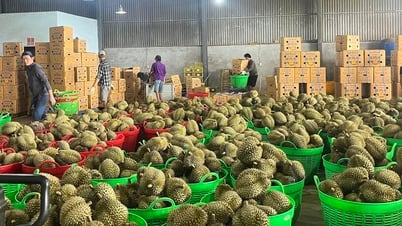

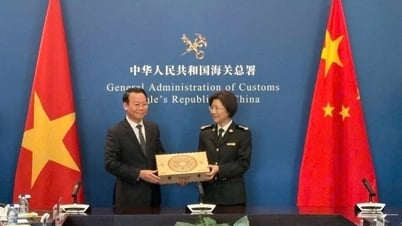

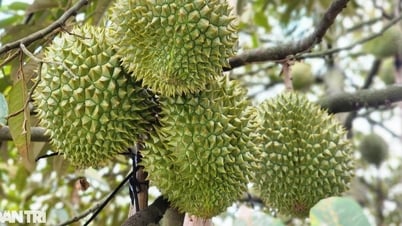

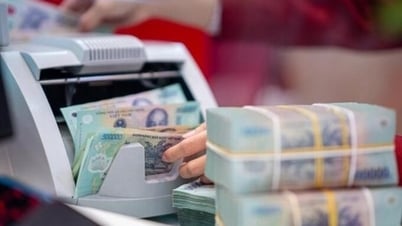

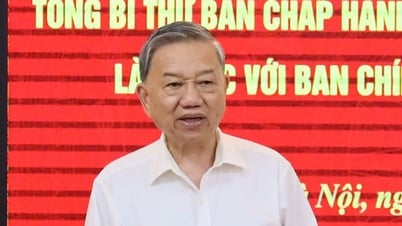




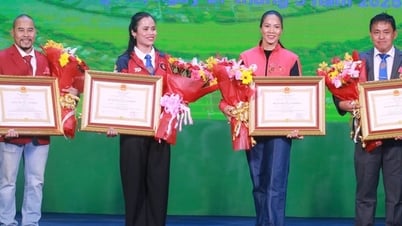

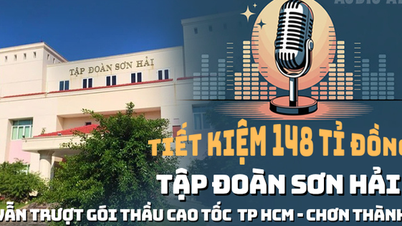
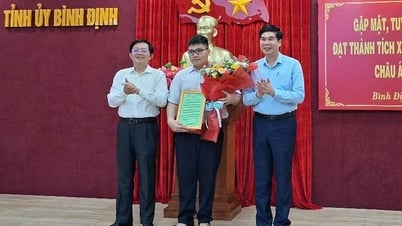
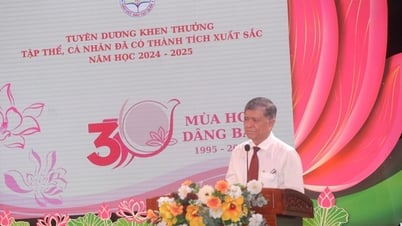

















































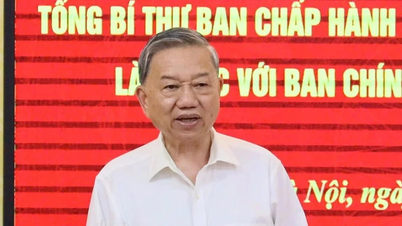

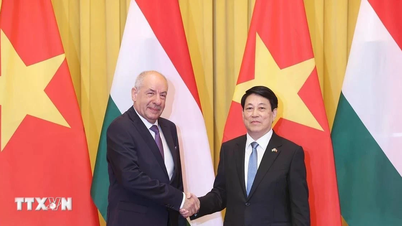
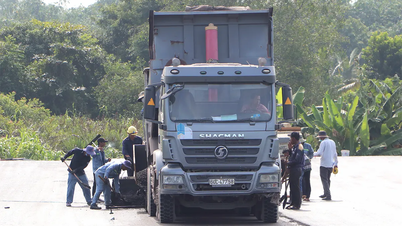

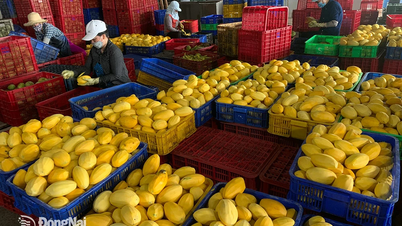
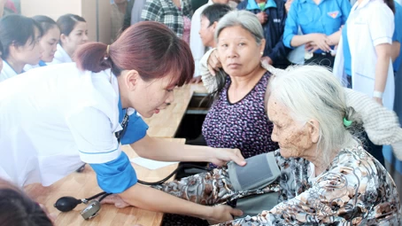
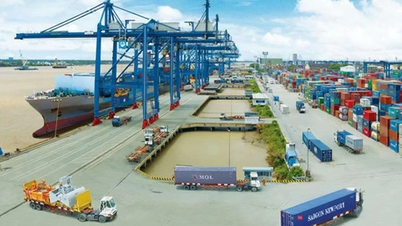








Comment (0)